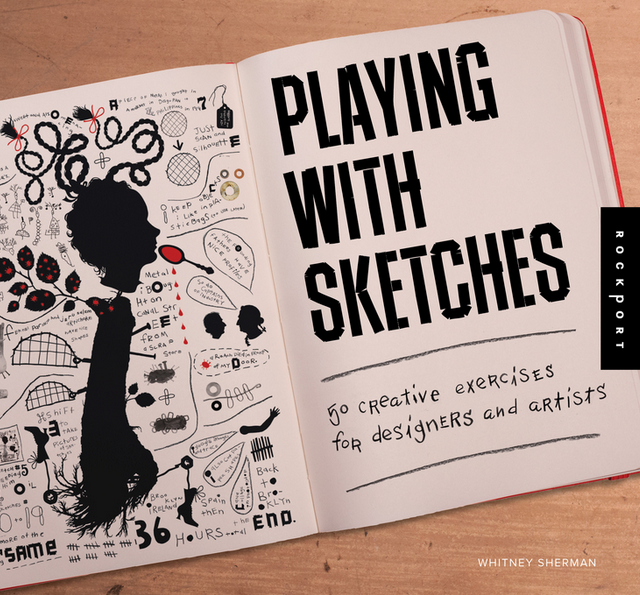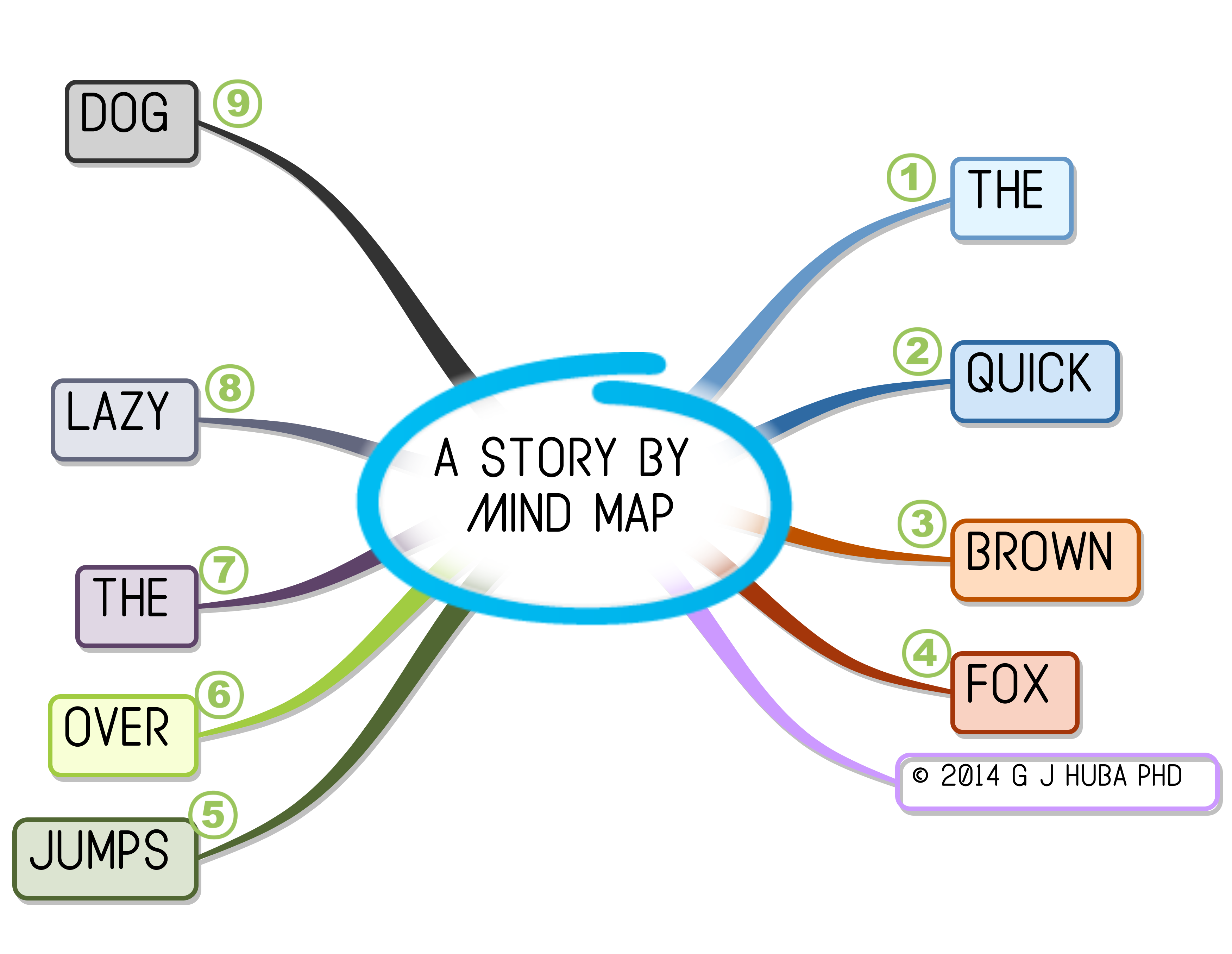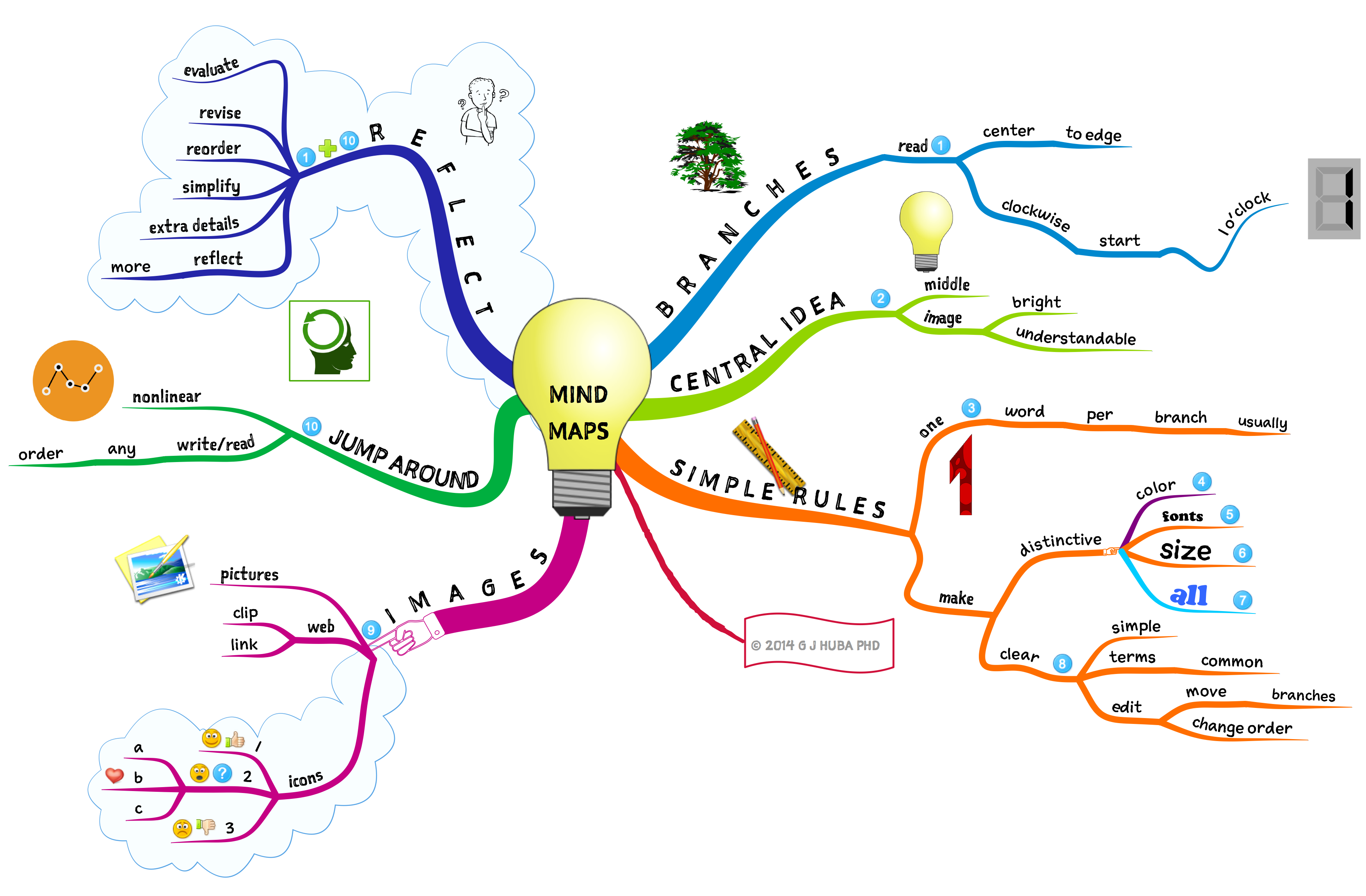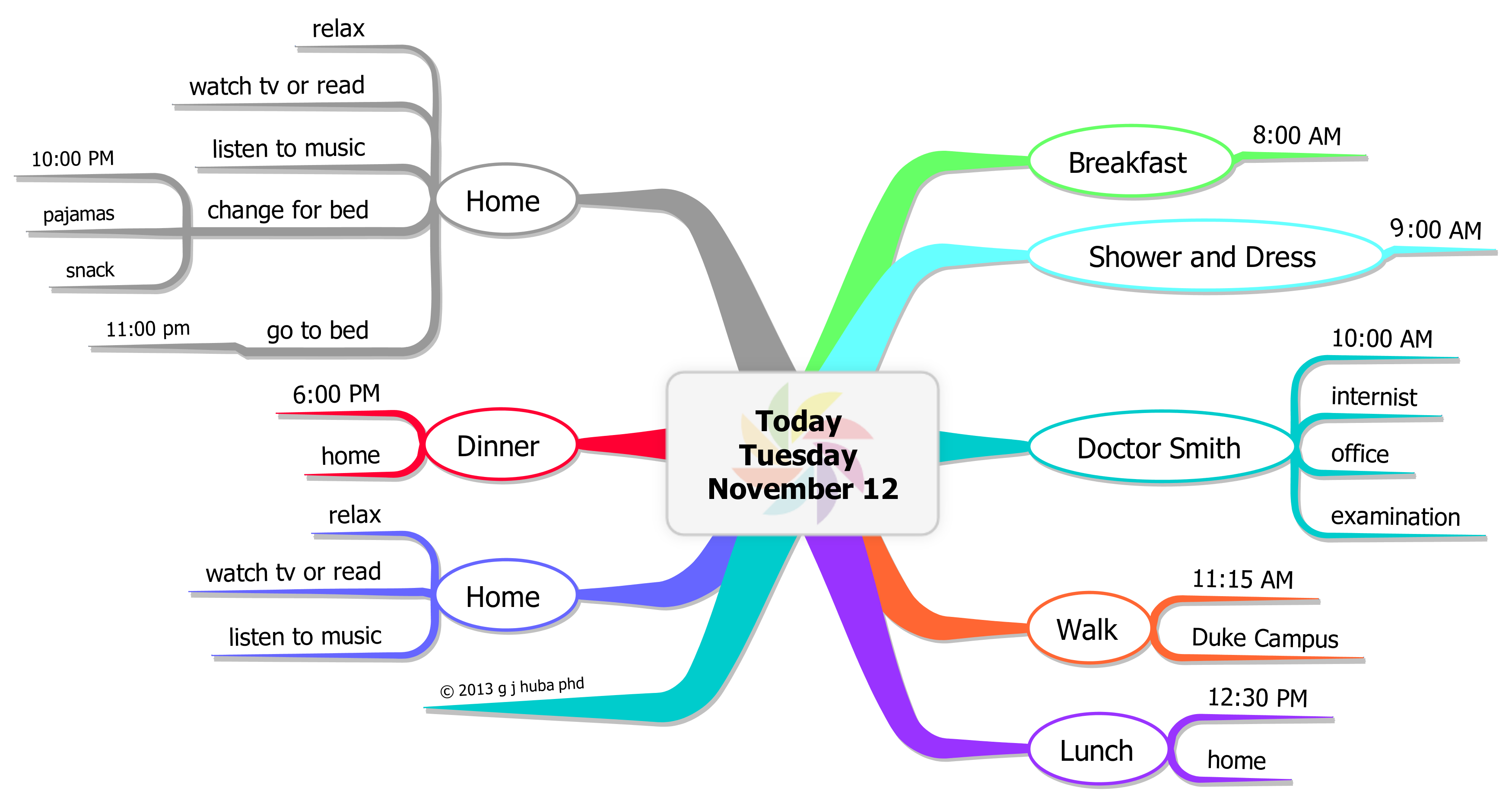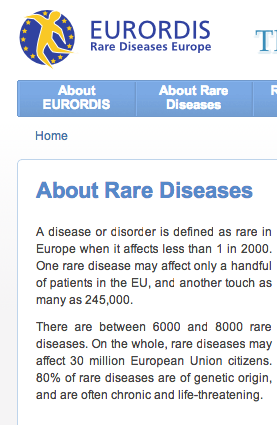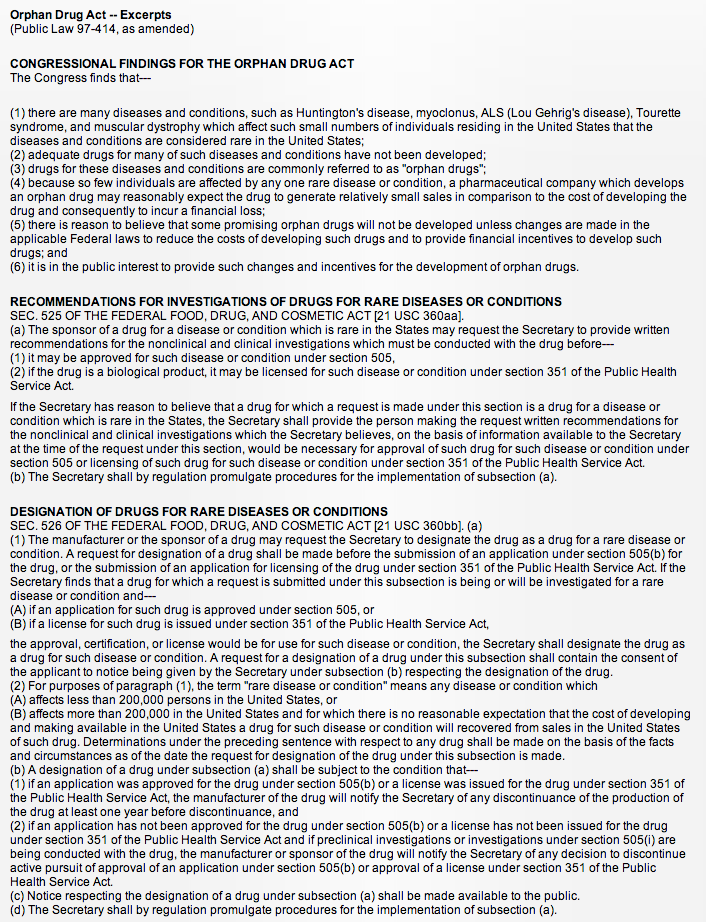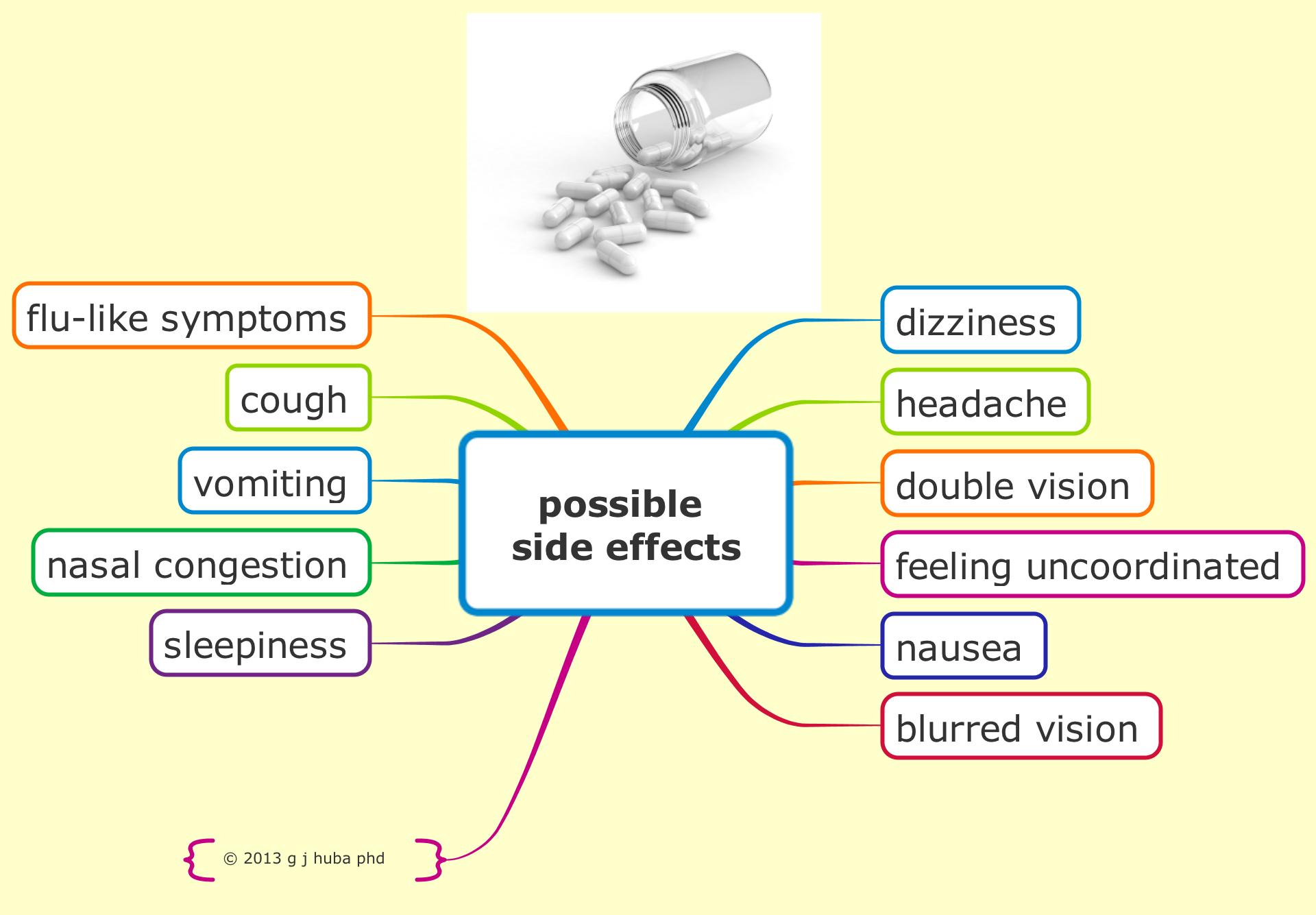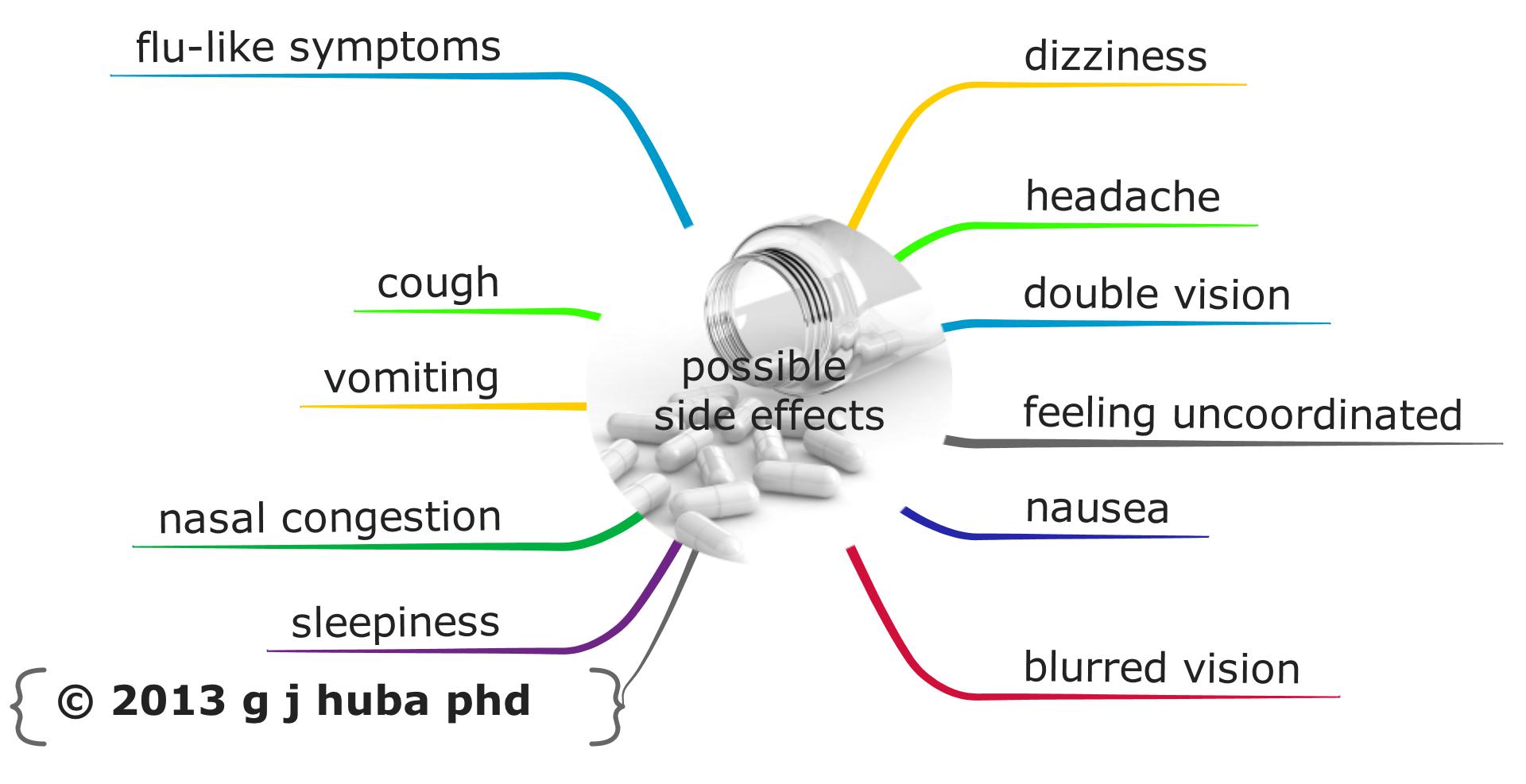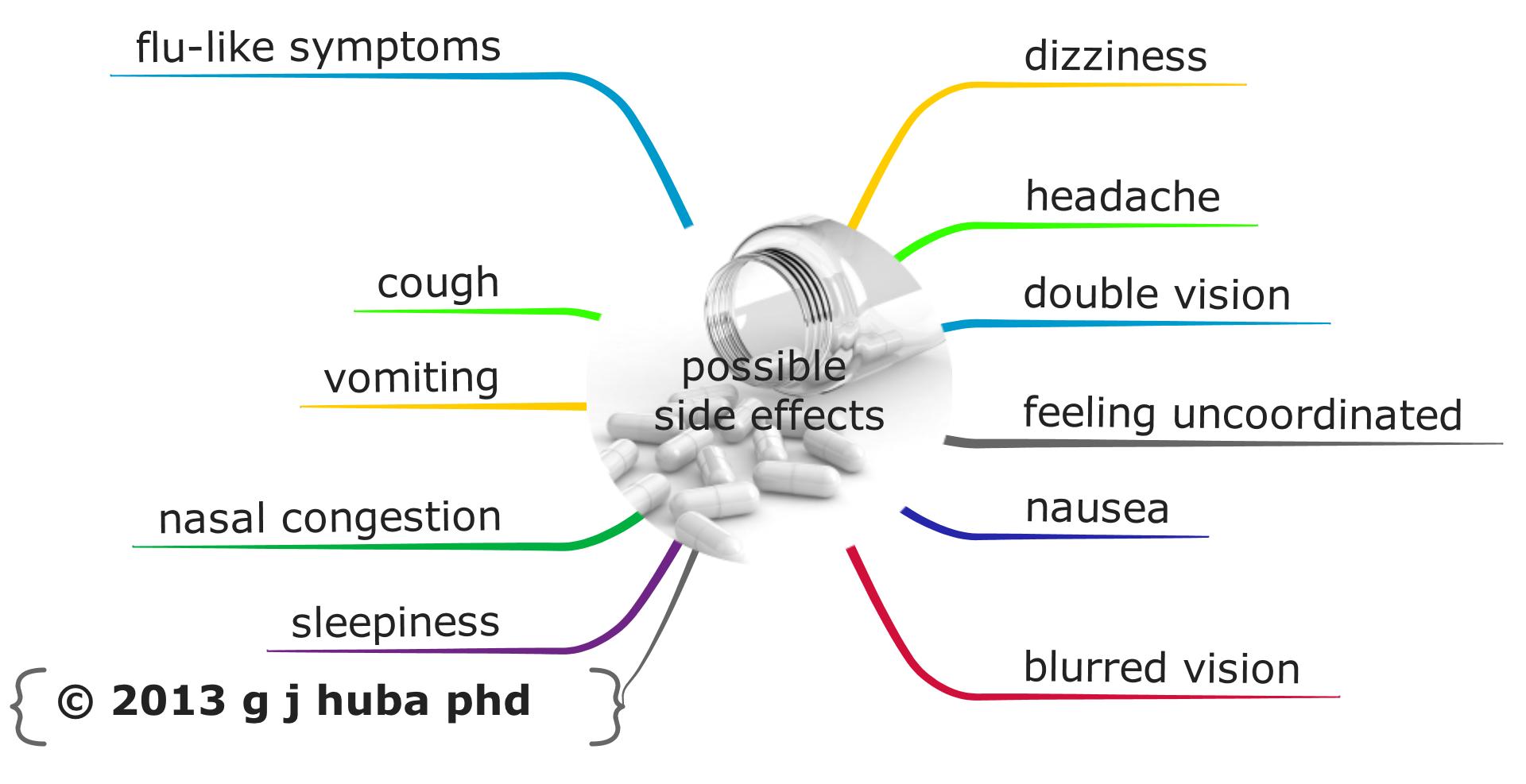I get in trouble when I make mind maps about Donald Trump. This is a mind map about processing repetitive TV cable news (on CNN and MSNBC and FOX) about the most televised story — Donald Tackles the USA and the World — at this point in late April 2017.
Mr Trump is just completing the first 100 days of his Presidency having accomplished less — according to the fact checkers from numerous news organizations — than any President since the index has been tracked from the beginning of Franklin Roosevelt’s Presidency in the 1930s. Mr Trump believes he has accomplished more than any president ever studied in his first 100 days.
I am a lover of news stories where the President gets bashed on TV. In the 1970s I watched (and read about) all the hearings focusing on Richard Nixon and Watergate. In the 1980s I watched huge amounts of TV about Reagan and Iran-Contragate. In the 1990s, I watched the hearings about Bill Clinton and the blue dress and impeachment and not inhaling. Nothing of a comparable nature occurred during either Bush presidency or that of Barack Obama. I almost didn’t know what to do with my spare time.
Now, I am watching numerous hours of TV/video on the major USA news channels (including CNN, MSNBC, Fox, CBS News online, New York Times, Washington Post, and of course the best news outlet for all news worldwide, BBC). And even ESPN has had a big Trump story about star players declining invitations to the White House to meet POTUS.
My dementia has been progressing at an ever increasing speed in a downward spiral during the past months. I remember (recall) less from current events and “work” and daily tasks. When I can retrieve information I do so very S—L—O—W—L—Y. Judgments are tougher, understanding sequences are harder, and writing down what I think is very slow as the length of my current journal entries (and al of the wurds nat spelled wrongly or too bigly) is increasing grately. Handwriting does not come with A spel chkr.
The current trend in cable TV news on MSNBC and CNN and others is to have one-hour shows where a moderator/commentator discusses all of the “important” news of the day with 2-5 different “self-styled” experts ranting from all political persuasions.
7 hours of liberal rantings about Trump is available on MSNBC and to a lesser degree on CNN; Fox News has 7 hours of conservative rantings about how terrible it is that the liberals are ranting about Trump.
I have repeatedly argued that inexpensive (or even free) visual thinking/mind modeling methods can help a person with dementia “rewrite the operating system” on that storage device we call the brain and think better, albeit in a different way.
As I was making the following mind model (AKA mind map) about Trump’s first 100 days yesterday, I was struck by how rapidly I could create this fairly complex model. I think it shows that the intrinsic interests and REPEATED exposures to structured, summary information can be well captured using visual thinking methods by a person who has lived with dementia for more than half a decade after diagnosis. While I understand that 40% of USA voters will find the content WRONG because it is very liberal rather than very conservative, I do propose the hypothesis that developing a fairly complex, fact-based mind map of current news shows the value of mind mapping for someone with dementia basing this conclusion only on my own experience. And it works no matter what you think about Trump.
I hope that as many conservatives as liberals will use these methods to study the facts of issues and their own conclusions and evaluate the completeness of what they know.
Examine your memories and conclusions in mind models. Political leanings and party do not matter because your mind model is for YOU as much as my mind model is for ME.
Should you find my political points to be in error, just use this as a template about what you would like to say about, for example, Hillary Clinton or a Democrat in Congress.
But remember that models like the one can be developed by a person living with dementia like me.
And most importantly, I hope that we — whether your political views are similar or dissimilar to mine — can come to an agreement that cognitive methods for supporting thinking for those with or at risk for dementia belong in the next version of ObamaCare or TrumpCare along with training, support, and respite services for unpaid dementia caregivers and especially COVERAGE OF COMPREHENSIVE HEALTHCARE FOR ALL AMERICANS.
Click on the image to expand it.

Oh … and let’s make sure that no President of any party ever uses the nuclear option. I hope we can all agree on that.
Like this:
Like Loading...











